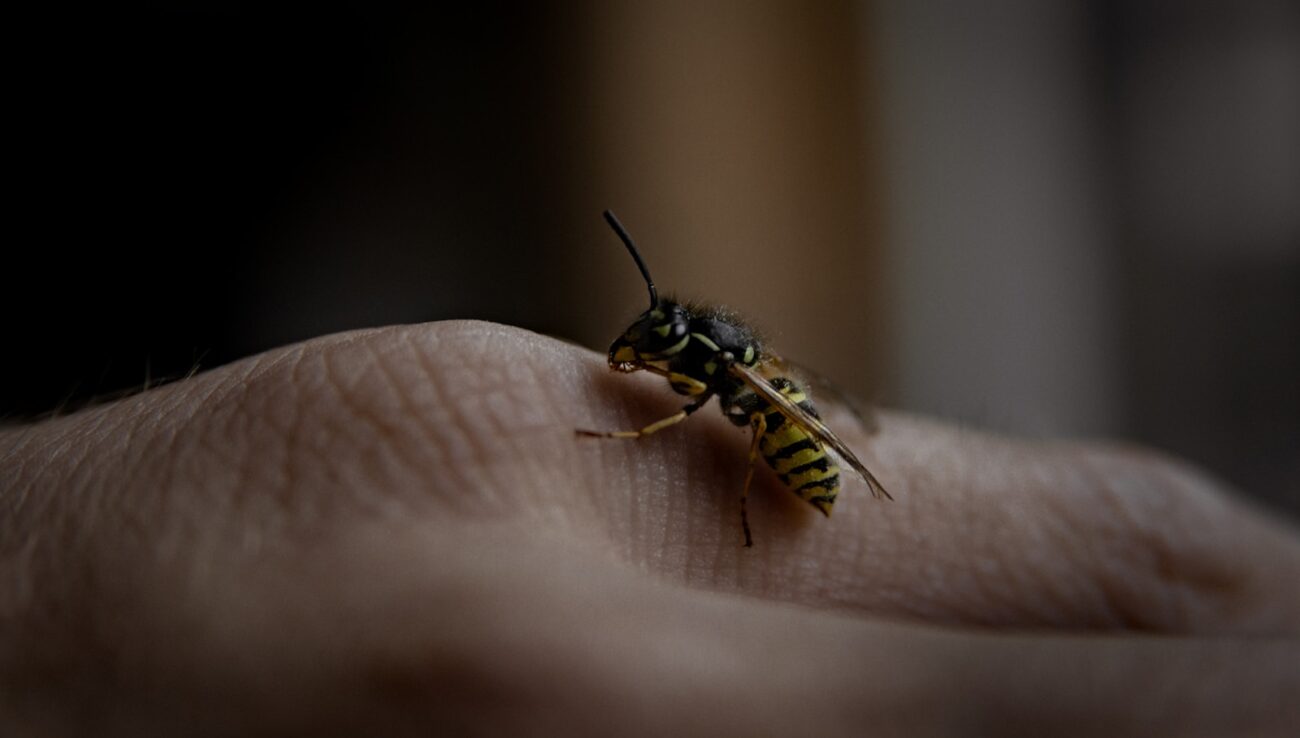When enjoying outdoor activities or simply going about daily life, our skin often bears the brunt of environmental encounters. Blisters, bites, and burns represent three common skin injuries that can range from mildly uncomfortable to seriously painful. Understanding how to prevent these injuries and knowing the proper treatment methods can significantly reduce discomfort and promote faster healing. This comprehensive guide will walk you through practical prevention strategies and effective treatment approaches for these common skin injuries, helping you stay comfortable and healthy regardless of your activities or environment.
Understanding Skin Injuries: The Basics
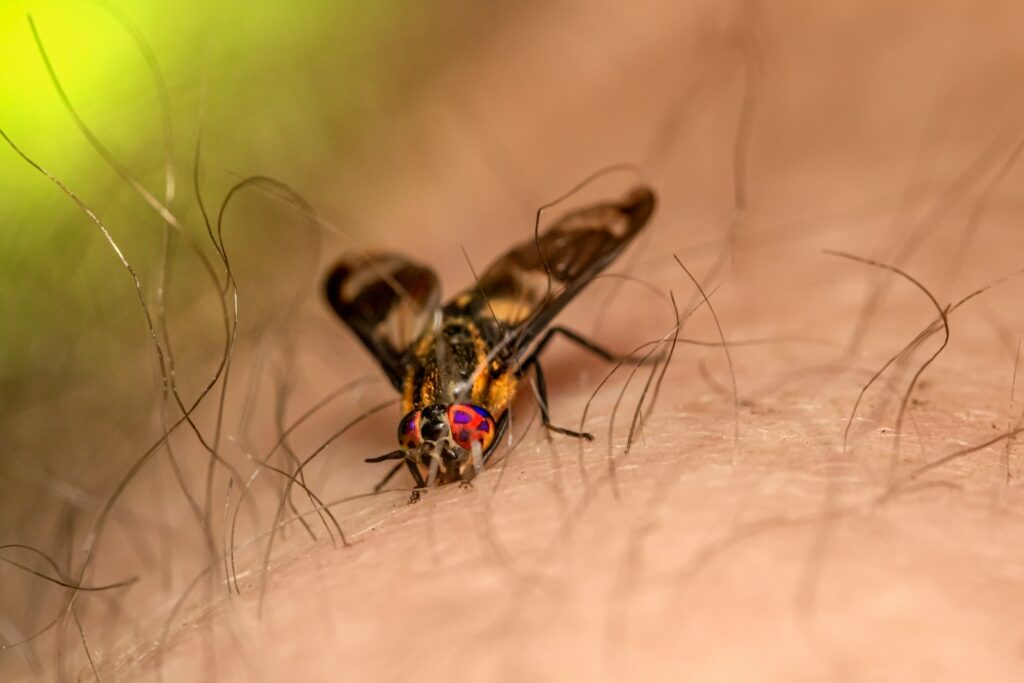
Our skin, the body’s largest organ, serves as the first line of defense against environmental threats, but this protective barrier can be compromised in various ways. Blisters typically form when friction, heat, or chemical exposure separates layers of skin, creating fluid-filled pockets. Bites, whether from insects, arachnids, or other creatures, involve punctures or tears in the skin that may introduce foreign substances or pathogens. Burns occur when skin tissue is damaged by heat, chemicals, electricity, or radiation, with severity ranging from superficial redness to deep tissue destruction. Understanding these mechanisms helps explain why different prevention and treatment approaches are necessary for each type of injury, and why some injuries may be more serious than others despite similar appearances.
Preventing Friction Blisters
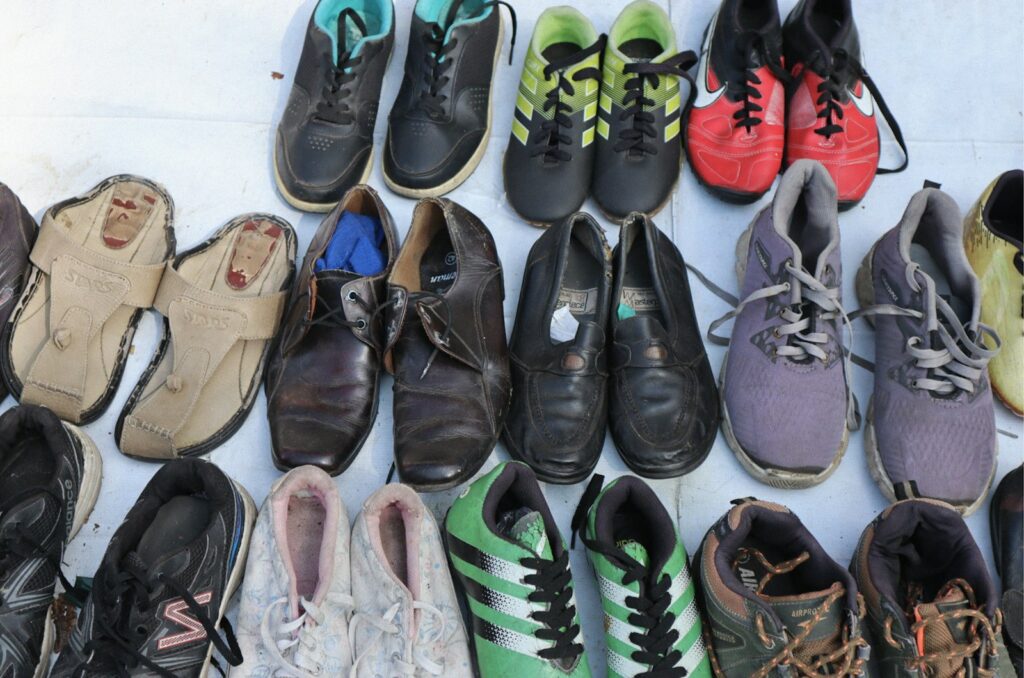
Friction blisters commonly occur during physical activities that involve repetitive movements against the skin, particularly on the feet and hands. The most effective prevention strategy involves wearing properly fitted shoes and moisture-wicking socks that reduce friction between your feet and footwear. For new shoes, gradually break them in rather than wearing them for extended periods immediately. Apply petroleum jelly or specialized anti-friction balms to areas prone to blisters before engaging in activities like hiking or running. Consider using moleskin, athletic tape, or specialized blister bandages on vulnerable areas before blisters form, creating a protective barrier between your skin and the source of friction. For hands, wearing appropriate gloves during activities like weightlifting, gardening, or rowing can significantly reduce blister formation.
Treating Blisters Effectively

When a blister has already formed, proper treatment is essential to prevent infection and promote healing. For small, unbroken blisters, it’s generally best to leave them intact as the fluid provides natural protection against infection. Cover the blister with a sterile bandage or specialized blister pad to prevent further friction and protect the area. For large or painful blisters, sterilize a needle with alcohol, gently puncture the edge of the blister, carefully press out the fluid, then leave the overlying skin in place as a natural covering. After draining, apply an antiseptic ointment and cover with a clean bandage, changing it daily or whenever it becomes wet or dirty. Watch for signs of infection such as increased pain, redness, warmth, swelling, or pus formation—seek medical attention if these symptoms develop, especially if you have diabetes or compromised immunity.
Preventing Insect and Spider Bites
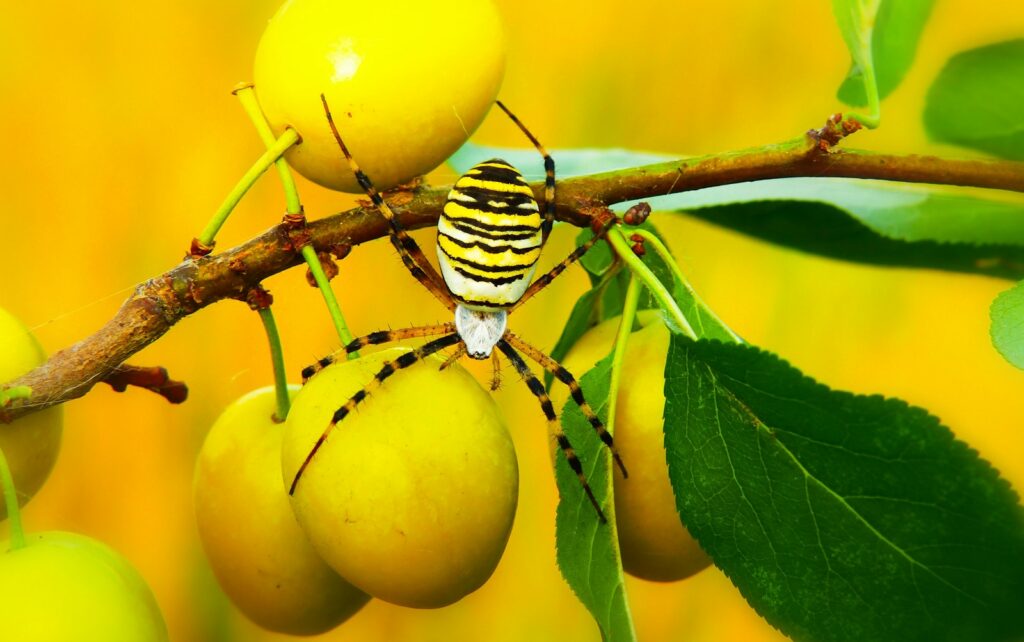
Insect and spider bites can range from minor nuisances to serious health threats, making prevention particularly important. When outdoors, especially in wooded or grassy areas, wear long-sleeved shirts, long pants tucked into socks, and closed-toe shoes to minimize skin exposure. Apply EPA-registered insect repellents containing DEET, picaridin, IR3535, or oil of lemon eucalyptus to exposed skin and clothing, following product instructions carefully. Around your home, eliminate standing water where mosquitoes breed, install and maintain window screens, and keep food covered to discourage insects. Be particularly cautious when disturbing woodpiles, storage areas, or garden spaces where spiders may nest, and consider wearing gloves when reaching into dark spaces or moving stored items. When camping, use insect-proof tents and consider treated mosquito nets for additional protection.
Treating Common Insect Bites
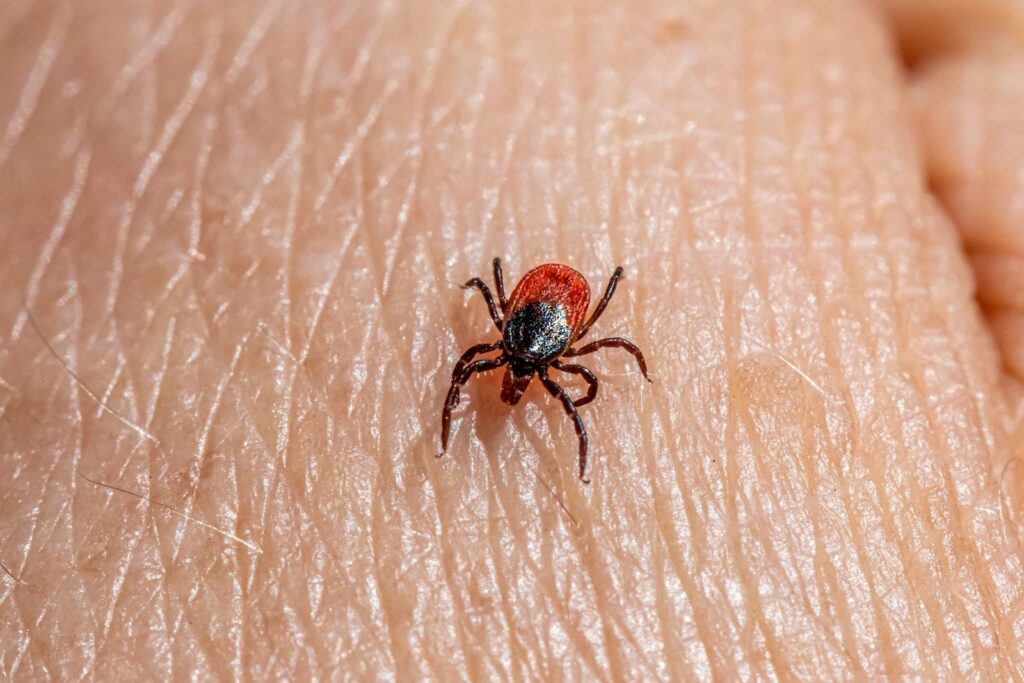
Most insect bites cause only minor reactions that can be managed at home with simple treatments. Begin by washing the bite area with soap and water to remove any potential contaminants and reduce the risk of infection. Apply a cold compress or ice pack wrapped in cloth to the affected area for 10-15 minutes to reduce swelling and numb pain. Over-the-counter antihistamine creams or oral antihistamines can help control itching and inflammation, while calamine lotion provides additional itch relief. Avoid scratching the bite, as this can break the skin, introduce bacteria, and lead to infection or scarring. Monitor the bite for signs of severe allergic reaction (difficulty breathing, facial swelling, dizziness) or spreading infection (increasing redness, warmth, or pus), seeking immediate medical attention if these occur. For certain bites like tick bites, carefully remove the tick with fine-tipped tweezers and preserve it for identification if symptoms develop.
Identifying and Treating Dangerous Bites
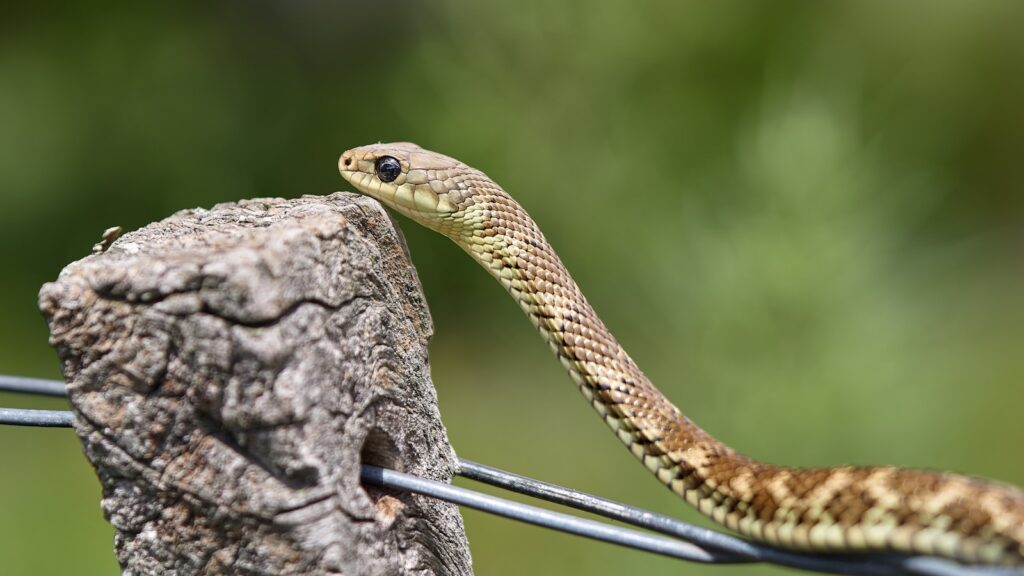
While most bites cause only minor discomfort, some can pose serious health risks and require prompt medical attention. Spider bites from black widows may cause intense pain, muscle rigidity, and abdominal cramping, while brown recluse bites can develop a characteristic “bull’s-eye” pattern with tissue death around the bite. Tick bites may transmit diseases like Lyme disease or Rocky Mountain spotted fever, with symptoms developing days or weeks after the bite, including rashes, fever, fatigue, and joint pain. Snake bites can cause severe pain, swelling, tissue damage, and potentially life-threatening symptoms depending on the species. For any suspected dangerous bite, immobilize the affected area, keep it below heart level if possible, clean the wound without aggressive scrubbing, and seek emergency medical care immediately. Avoid traditional remedies like suction devices, tourniquets, or cutting the wound, as these methods are ineffective and potentially harmful.
Preventing Heat and Sun Burns
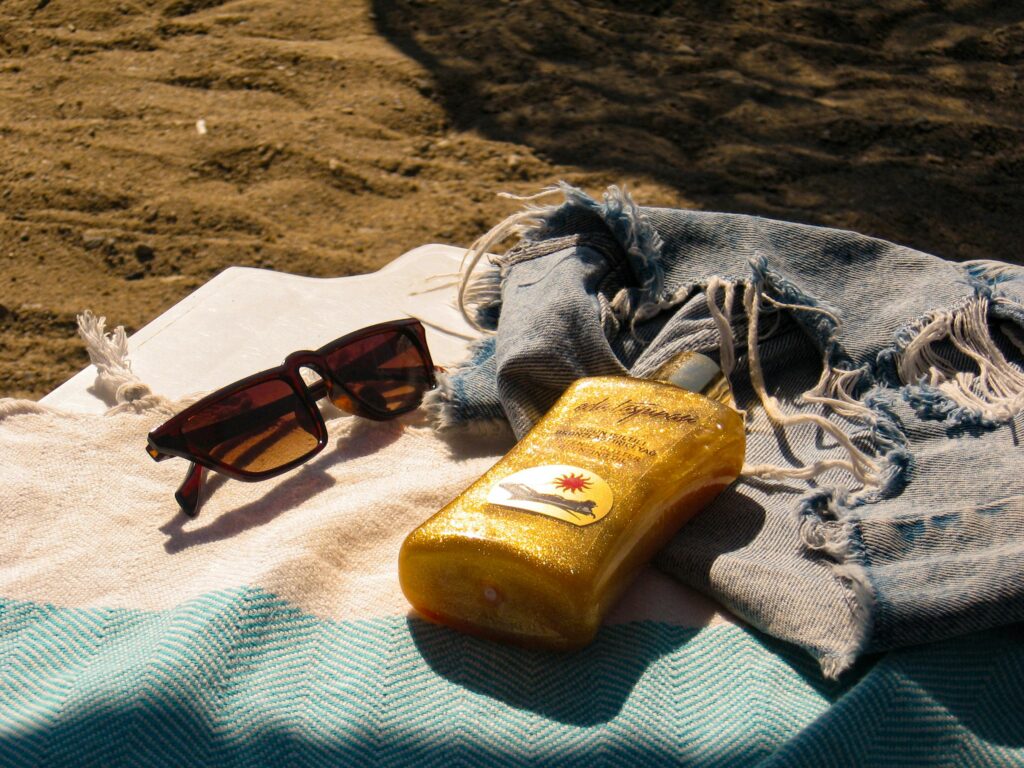
Heat and sun burns are entirely preventable with proper precautions and awareness. Apply broad-spectrum sunscreen with SPF 30 or higher to all exposed skin 15-30 minutes before sun exposure, reapplying every two hours or after swimming or sweating. Wear protective clothing including wide-brimmed hats, sunglasses with UV protection, and loose, lightweight, long-sleeved shirts and pants when possible. Seek shade during peak sun hours, typically between 10 AM and 4 PM, when UV radiation is strongest and most damaging to skin. Be especially cautious around reflective surfaces like water, sand, concrete, and snow, which can significantly increase UV exposure through reflection. Remember that UV radiation can penetrate cloud cover, so sun protection remains necessary even on overcast days. For children, who have more sensitive skin, take extra precautions by minimizing sun exposure, using physical barriers like clothing and shade, and applying appropriate sunscreen.
First Aid for Burns: Immediate Steps
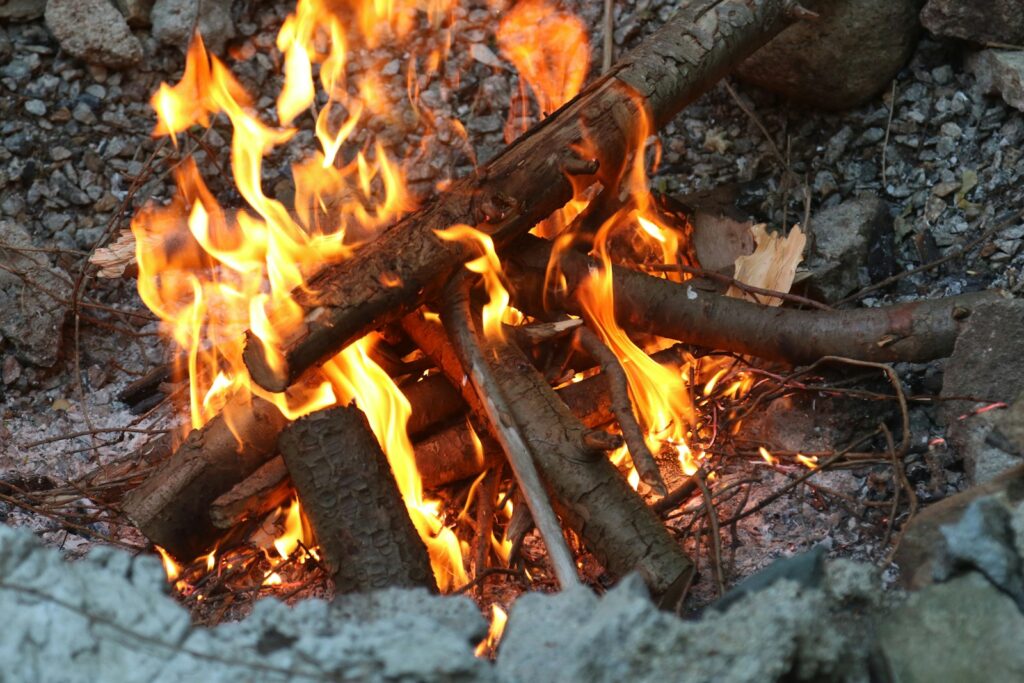
When a burn occurs, quick and appropriate first aid can significantly reduce pain and prevent further damage. For thermal burns, immediately remove the heat source and cool the affected area under cool (not cold) running water for 10-15 minutes, which helps stop the burning process and reduces pain and swelling. Never apply ice directly to burns as this can cause further tissue damage. Remove clothing or jewelry from the burned area unless it’s stuck to the skin, as these items can retain heat or restrict circulation if swelling occurs. Cover the burn loosely with a sterile, non-stick bandage or clean cloth to protect it from air, dirt, and friction while preventing infection. For chemical burns, immediately flush the area with cool running water for at least 20 minutes while removing contaminated clothing, being careful not to spread the chemical to unaffected areas. Avoid applying butter, oil, toothpaste, or other home remedies to burns, as these can trap heat, introduce bacteria, or otherwise impede healing.
Assessing Burn Severity and When to Seek Help
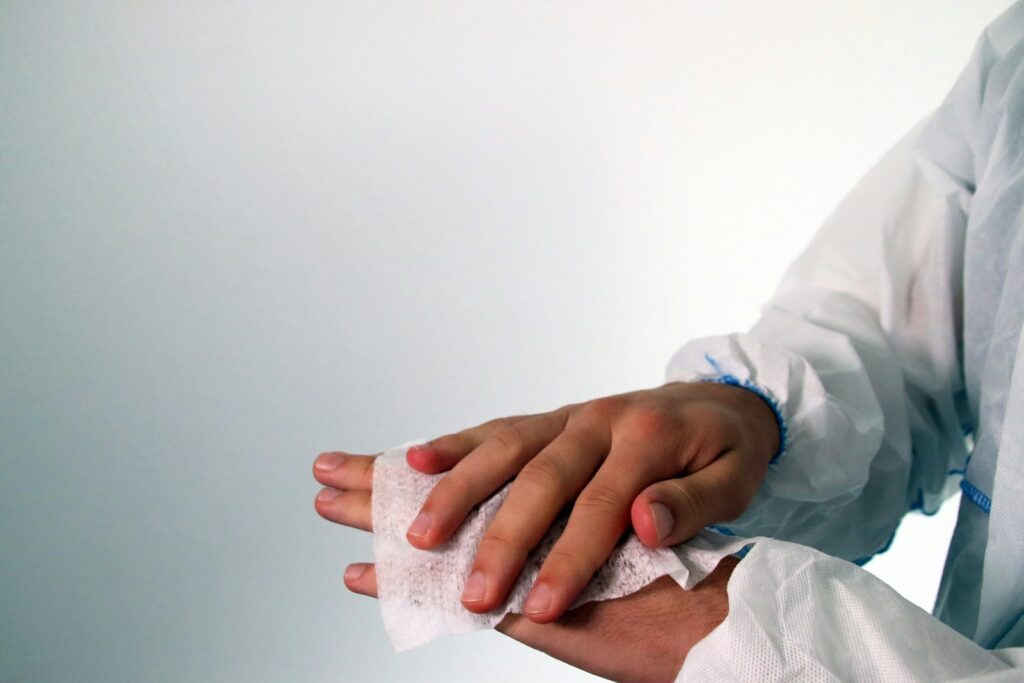
Burns are classified by severity, with different treatment approaches required for each type. First-degree burns affect only the outer layer of skin (epidermis), causing redness, minor swelling, and pain but no blisters; these can typically be treated at home. Second-degree burns damage both the epidermis and part of the underlying dermis, resulting in blisters, intense redness, and severe pain; smaller second-degree burns may be managed at home, but larger ones require medical attention. Third-degree burns destroy all layers of skin and may affect underlying tissues, appearing white, charred, or leathery with possible numbness due to nerve damage; these always require immediate emergency care. Seek immediate medical attention for any burn that is larger than three inches in diameter, affects the face, hands, feet, genitals, or major joints, appears deep or causes the skin to look leathery, or is accompanied by smoke inhalation or electrical injury. Additionally, burns in children or elderly individuals should be evaluated by healthcare professionals, as these populations often have more sensitive skin and may develop complications more easily.
Home Care for Minor Burns

Minor burns (first-degree and small second-degree burns) can often be treated effectively at home with proper care. After cooling the burn with running water, gently pat the area dry with a clean towel, being careful not to rub or apply pressure that could break blisters. Apply a thin layer of petroleum jelly or aloe vera gel to keep the burned area moist and promote healing, avoiding potentially irritating ointments or creams unless recommended by a healthcare provider. Take over-the-counter pain relievers like acetaminophen or ibuprofen according to package directions to manage pain and reduce inflammation. Change dressings daily or whenever they become wet or soiled, using non-stick gauze pads and paper tape or rolled gauze to secure them without adhering to the burn. Keep the burned area elevated when possible to reduce swelling, and avoid exposure to direct sunlight while healing, as burned skin is more susceptible to sun damage.
Creating a First Aid Kit for Outdoor Activities
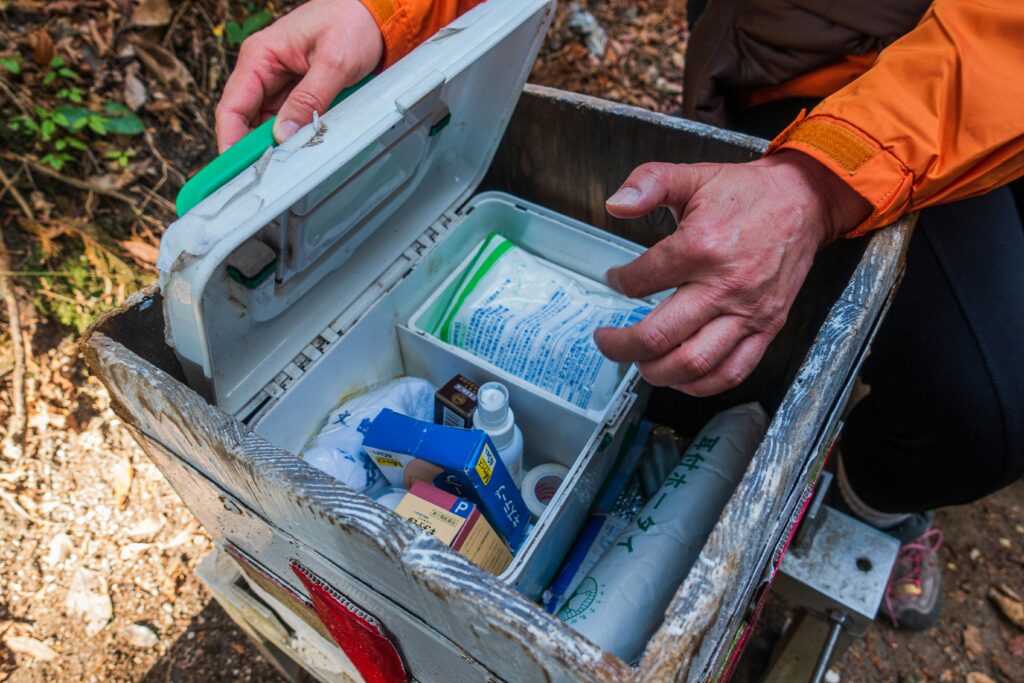
A well-stocked first aid kit is essential for promptly addressing blisters, bites, and burns during outdoor activities. Include adhesive bandages in various sizes, sterile gauze pads, medical tape, moleskin or specialized blister bandages, and antiseptic wipes or solution for wound cleaning. Add tweezers for splinter or tick removal, small scissors for cutting tape or clothing if necessary, and disposable gloves to maintain hygiene when treating injuries. Include insect repellent, antihistamine cream or tablets for bite reactions, hydrocortisone cream for inflammation, and aloe vera gel for burn relief. For more remote activities, consider adding a small bottle of oral antihistamine medication, an emergency blanket, a basic first aid manual, and a list of emergency contacts. Package these items in a waterproof container that’s clearly labeled and easily accessible, checking periodically to replace expired items and replenish supplies.
Preventing Chemical Burns at Home and Work

Chemical burns can occur from common household products as well as industrial chemicals, making prevention crucial in multiple environments. At home, store all cleaning products, solvents, acids, and other potentially caustic substances in their original containers with labels intact, keeping them out of reach of children and pets. Always read and follow safety instructions on product labels, wearing recommended protective equipment like gloves or eye protection when handling potentially harmful substances. Ensure proper ventilation when using strong chemicals by opening windows or using exhaust fans to prevent inhalation of fumes. In workplace settings, familiarize yourself with the Material Safety Data Sheets (MSDS) for all chemicals you might encounter, follow established safety protocols, and use appropriate personal protective equipment such as chemical-resistant gloves, goggles, face shields, or full-body coverings as required. Install and maintain emergency eyewash stations and safety showers in areas where hazardous chemicals are used, and know how to access and operate this equipment quickly if exposure occurs.
Special Considerations for Children and Elderly
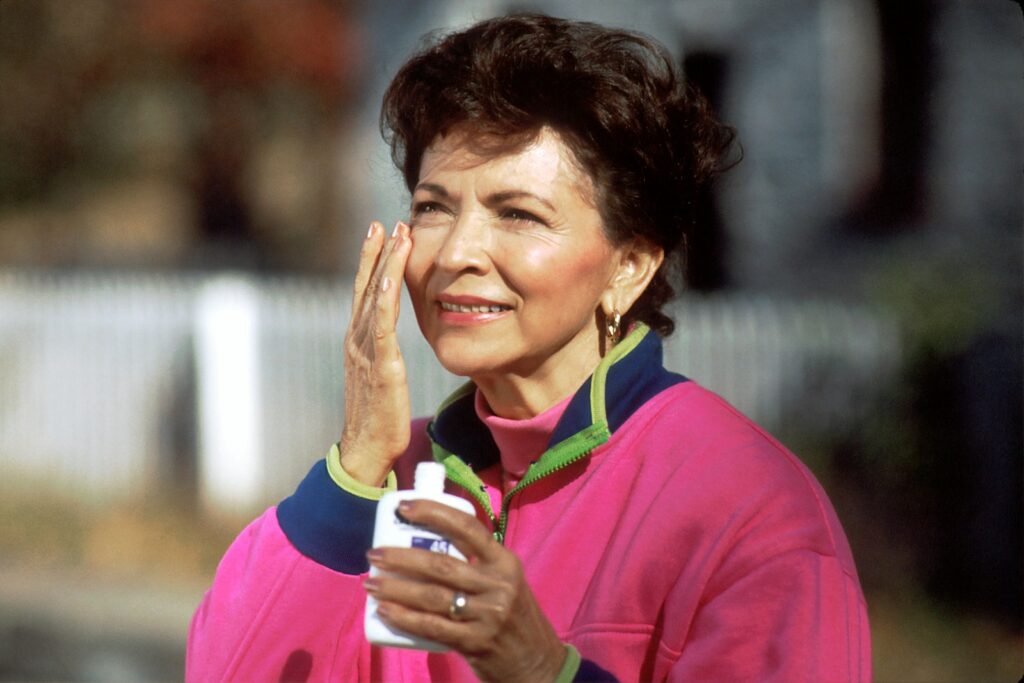
Children and elderly individuals require special attention when it comes to preventing and treating skin injuries due to their more vulnerable skin and different healing capacities. For children, supervision is crucial during activities that pose burn risks, with measures like stove guards, covered electrical outlets, and set-back handles on cooking pots helping prevent accidents. Apply sunscreen more frequently to children, use child-specific insect repellents according to age-appropriate guidelines, and teach them to recognize and avoid potential hazards like insect nests. For elderly individuals, decreased skin elasticity and thinner skin make them more susceptible to tears and burns, while potentially diminished sensation might delay their awareness of injuries. Regular skin checks are important for seniors, particularly those with mobility limitations or diabetes, which can affect circulation and healing. When treating injuries in either population, use gentler cleaning methods, be vigilant for signs of infection, and seek medical attention more readily, as complications can develop more quickly and with greater severity.
Innovations in Prevention and Treatment Products
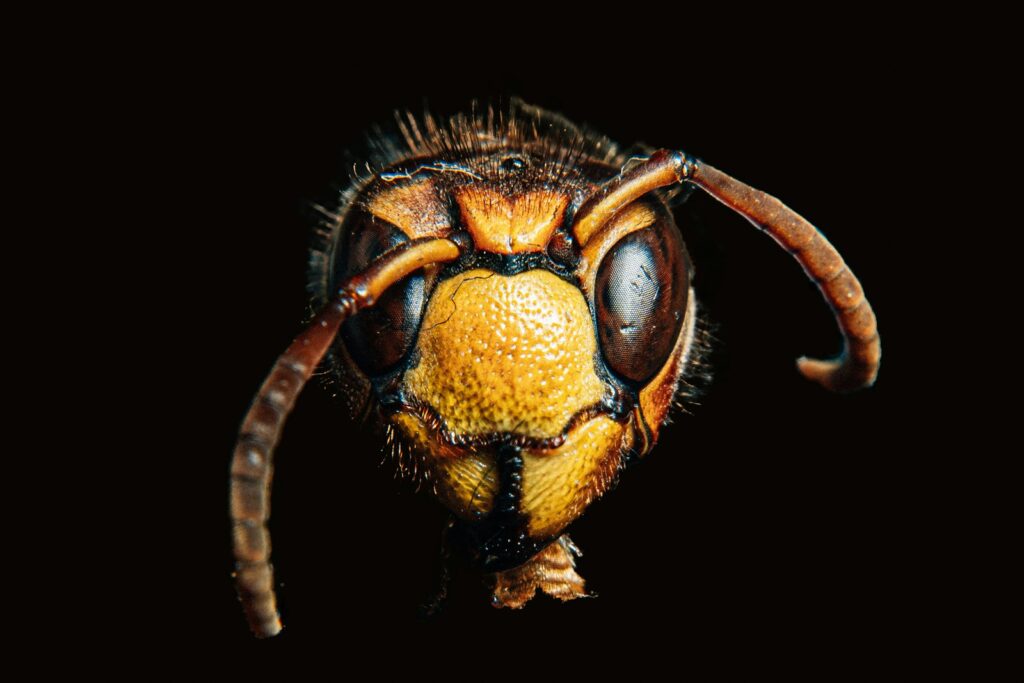
Recent years have seen significant advances in products designed to prevent and treat common skin injuries. Advanced blister prevention products now include silicone-based anti-friction sticks, specialized moisture-wicking socks with targeted padding, and transparent film dressings that create protective barriers while allowing skin to breathe. For insect bite prevention, long-lasting permethrin treatments for clothing offer protection through multiple washings, while new repellent formulations provide effective protection with lower concentrations of active ingredients. Burn care has evolved with specialized hydrogel dressings that cool burns while maintaining a moist healing environment, advanced silicone sheets that reduce scarring during healing, and spray-on protective barriers that form a second skin over minor burns. Wearable technology now includes UV exposure monitors that alert users when they’ve reached harmful levels of sun exposure, helping prevent sunburns before they occur. For those with previous reactions to insect stings, compact epinephrine auto-injectors provide potentially life-saving medication in more convenient packages than earlier models.
When to Consult a Healthcare Professional

While many blisters, bites, and burns can be safely managed at home, certain situations warrant professional medical attention. For blisters, seek help if you notice signs of infection such as increasing pain, redness, warmth, swelling, red streaks extending from the area, discharge of pus, or fever. With insect bites, medical attention is necessary for symptoms of severe allergic reaction including difficulty breathing, swelling of the face or throat, rapid pulse, dizziness, or vomiting, as well as for signs of disease transmission like expanding rash, persistent headache, joint pain, or flu-like symptoms following a tick bite. For burns, consult healthcare providers if the burn affects a large area, involves the face, hands, feet, genitals, or major joints, appears deep or charred, results from electricity or chemicals, or fails to show improvement after a few days of home treatment. Additionally, people with diabetes, peripheral vascular disease, or compromised immune systems should have even minor skin injuries evaluated promptly, as these conditions can significantly complicate healing and increase infection risk.
Blisters, bites, and burns represent common but preventable skin injuries that most people will encounter at some point. By understanding proper prevention techniques—from wearing appropriate footwear and using insect repellent to practicing sun safety and handling chemicals carefully—many of these injuries can be avoided entirely. When injuries do occur, prompt and appropriate treatment reduces pain, promotes healing, and helps prevent complications or infection. Remember that while minor injuries can be safely treated at home, more severe cases require professional medical attention. By incorporating these prevention and treatment strategies into your daily life and outdoor activities, you can protect yourself and your loved ones from unnecessary discomfort and potentially serious health consequences.

